Astronaut and adventurer John Shoffner on how STEAM education can help kids master their challenges

John Shoffner has had experiences most of us can only dream of. He’s logged thousands of hours as a pilot. He’s biked across the U.S. He’s raced at the Nürburgring 24 Hours. He’s been skydiving. In May of this year, he spent more than a week on the International Space Station as part of the Axiom Mission 2. The most awe-inspiring moments he’s had through all those adventures have come in meeting with schoolkids back on Earth.
“That has provided me more inspiration to be creative and learn myself than anything else,” he told BOSS. “Seeing how adaptive, interested and curious young minds are about science and technology in space – it stops them in their tracks every time – has caused me to rethink how I see myself.”
After all those adventures and a career in fiber optics, Shoffner founded the Perseid Foundation to support schools that want to develop curricula based in STEM and STEAM education. Going to space was a lifelong dream of Shoffner’s, and he even formed an astronauts club at age 8 with friends growing up in southeast Kentucky. Though he got to space eventually, that’s not where his career path took him. The Perseid Foundation aims to help educators recognize those ambitions in young students and nurture them. They might not all become astronauts, but they can discover careers they love because someone took the time to help them explore their passion.
“We believe that when a student is interested in something, the learning takes care of itself,” he said. “It makes it much easier, and when people grow to be involved in the things they love, they are happy, productive people, and they do great work.”
Instilling Self-Belief

During his time on the ISS, Shoffner did livestream demonstrations with students and fielded questions.
“It’s amazing how much they already know about space, even though it’s not taught in school.” he said. “These 8-year-olds know about the vacuum in space and space suits. They know about rockets. They know about the stars. We do a lot of kids events where we go visit with a school, and it’s the little ones that sit on the floor up front right where I’m talking that have the biggest eyes and widest mouths, and they ask the greatest questions about space. They have this natural, innate curiosity. I love that it provides an opportunity to teach them all sorts of things that they are already interested in, and then they learn about themselves.”
While there are always questions about how you go to the bathroom and sleep in space, the best questions are the ones that provide insight into a child’s mindset. Questions like, “Do you miss space?” and “Were you afraid?” show that the students are imagining themselves in that scenario and pondering their own places in the world.
The best lessons of STEAM education, Shoffner says, are the critical thinking and problem-solving skills of breaking a daunting task into smaller, manageable steps that add up to a job well done and a challenge overcome. The sooner kids learn that ordered way of thinking, the more confidence they have in themselves to face whatever the world throws at them.
“We don’t teach the need to believe you can go into space, necessarily, but it’s the belief that you can accomplish, through work and effort, getting involved in the thing that’s most important to you as a person.”
A Full & Happy Life

However much preparation you have, life always throws you a curveball. Shoffner spent months training for his space mission, but working in weightlessness was something he couldn’t train for.
“You can’t set anything down,” he said. “It will go away. Any movement you make has to have a countermovement. Otherwise, it causes you to move in some undesirable way. It’s pretty aggravating, really. You have to learn these skills, and it takes a normal station crew a few weeks to become wholly proficient.”
What Shoffner did have was a Gravity Loading Countermeasure Skinsuit developed at MIT in a project led by Dr. Dava Newman. The Skinsuit creates a perception of gravity’s effects in the body under zero-gravity conditions to help the brain and body adjust. Another benefit was that Shoffner’s spine did not undergo the elongation – and subsequent recompression upon returning to Earth – that astronauts have to recover from.
“The design is, when we get to where we are sending workers to space for short-, medium-, and long-term missions, that someone can go there for a short or medium-duration stay and not suffer full adaptation or full readaptation coming back to Earth with something like a Skinsuit,” he said.
That’s one example of a way STEAM education can lead to solving a problem. But there are plenty more examples in everyday life that kids will encounter as they grow to become the adults who will one day run the world.
We can “redeploy education in a way that can be truly inspirational for students,” Shoffner said. “It’s incumbent on us to help a young person open up to the inner voice that they have, that vision that they see of themselves. Encourage them to bring that forward and then help them make that real. Show them that it’s possible. Whatever they see themselves as, do everything you can to help them along that path. They want to have lived a full and happy life doing the things that they love.”
When education helps recognize and develop those dreams, they don’t have to be a moonshot.
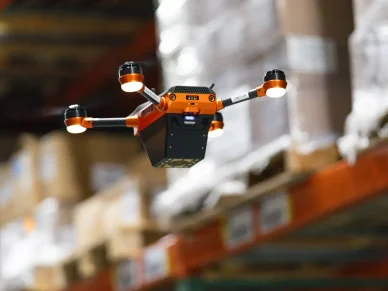

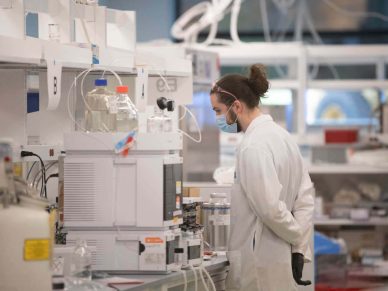
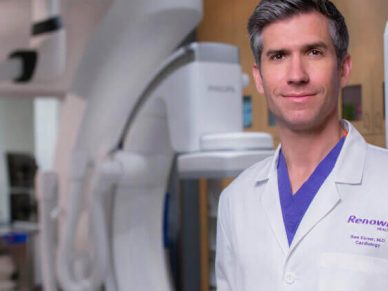

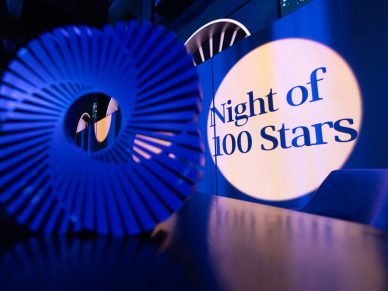
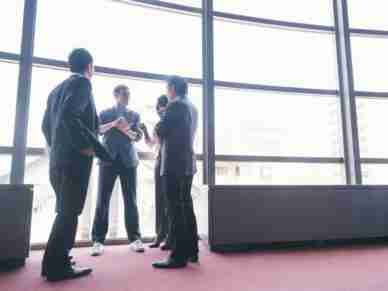


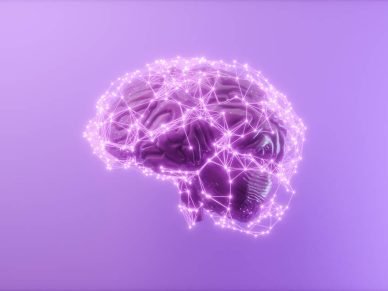

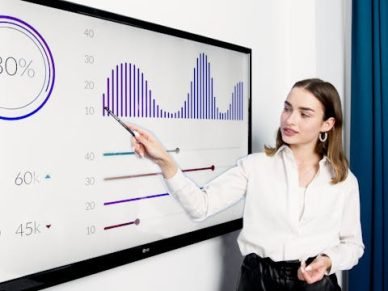



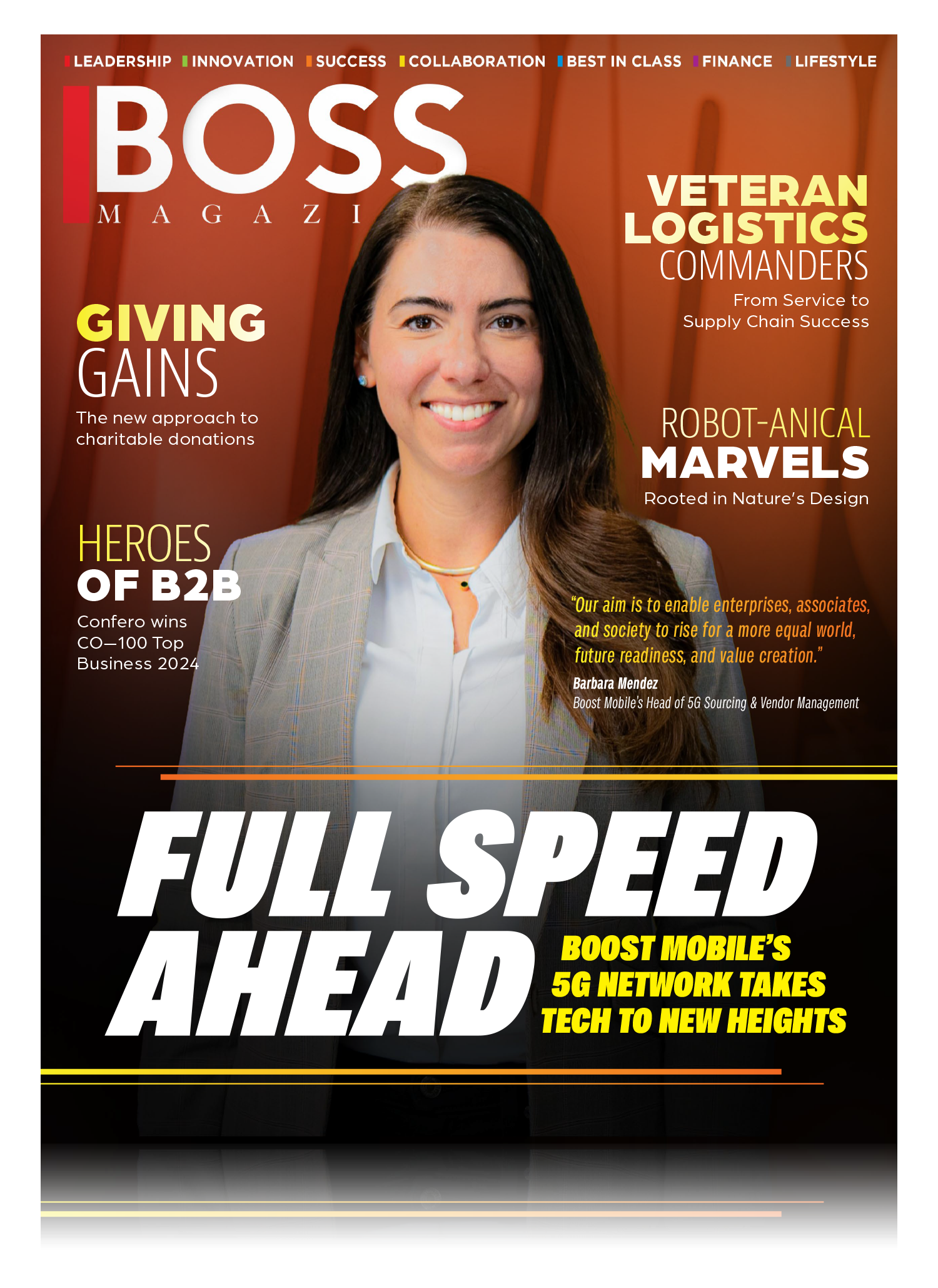
Leave a Reply